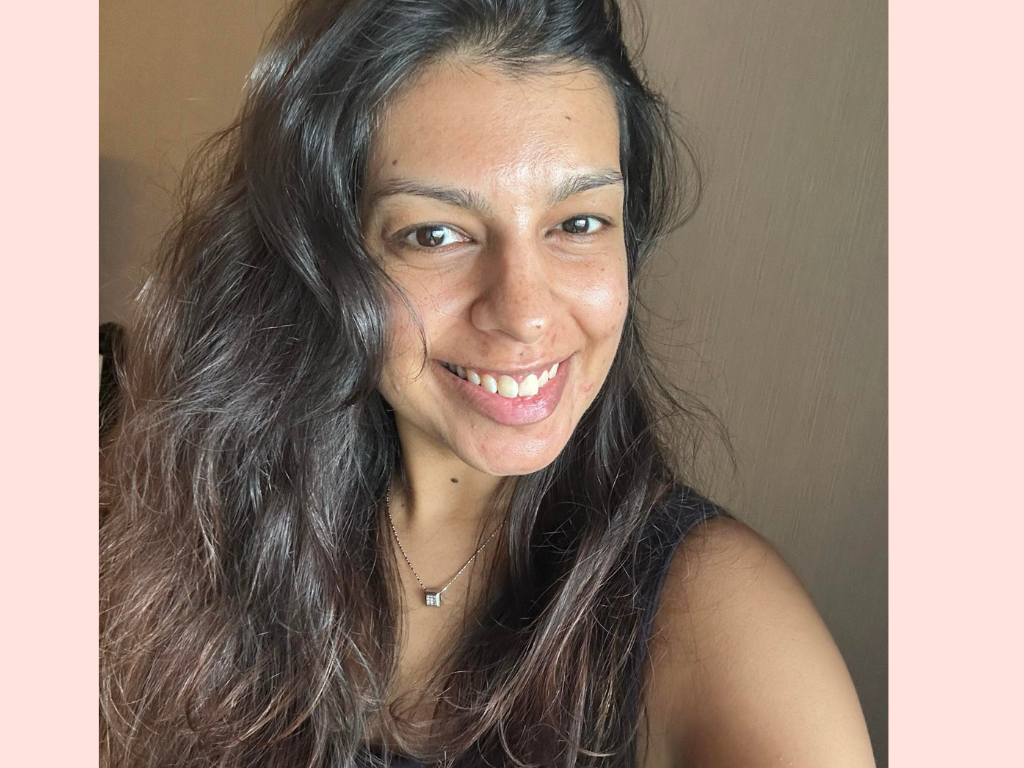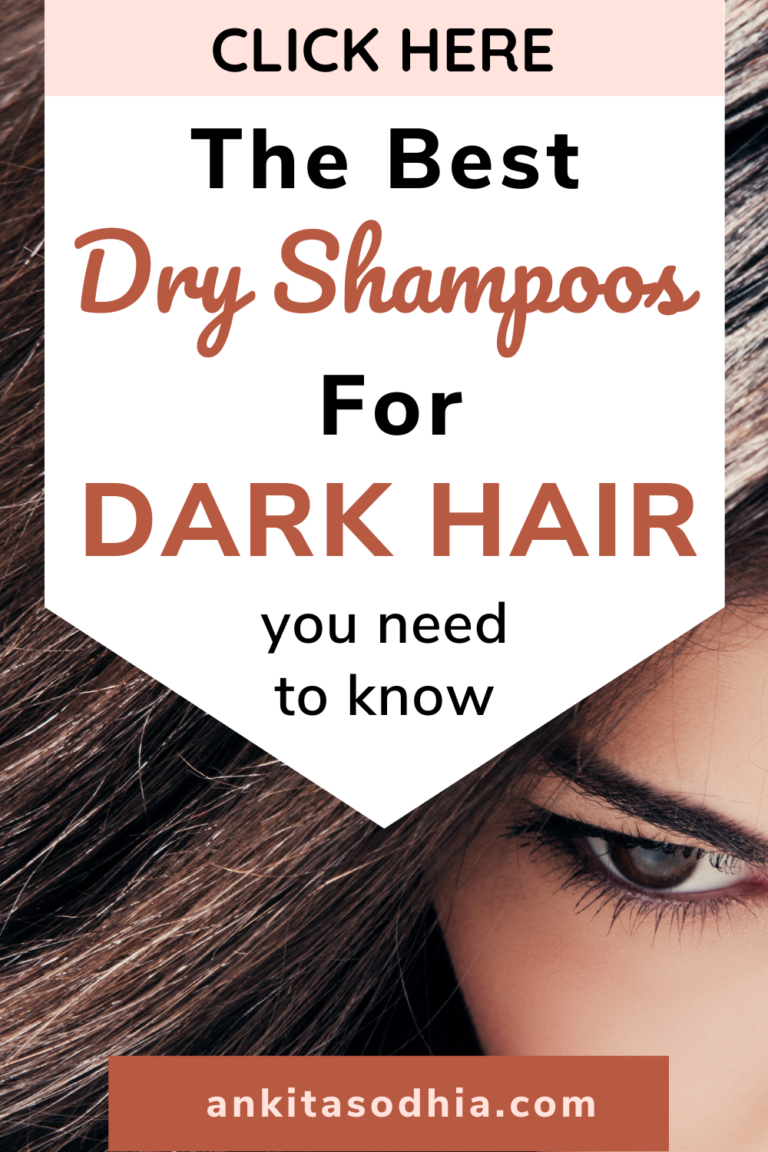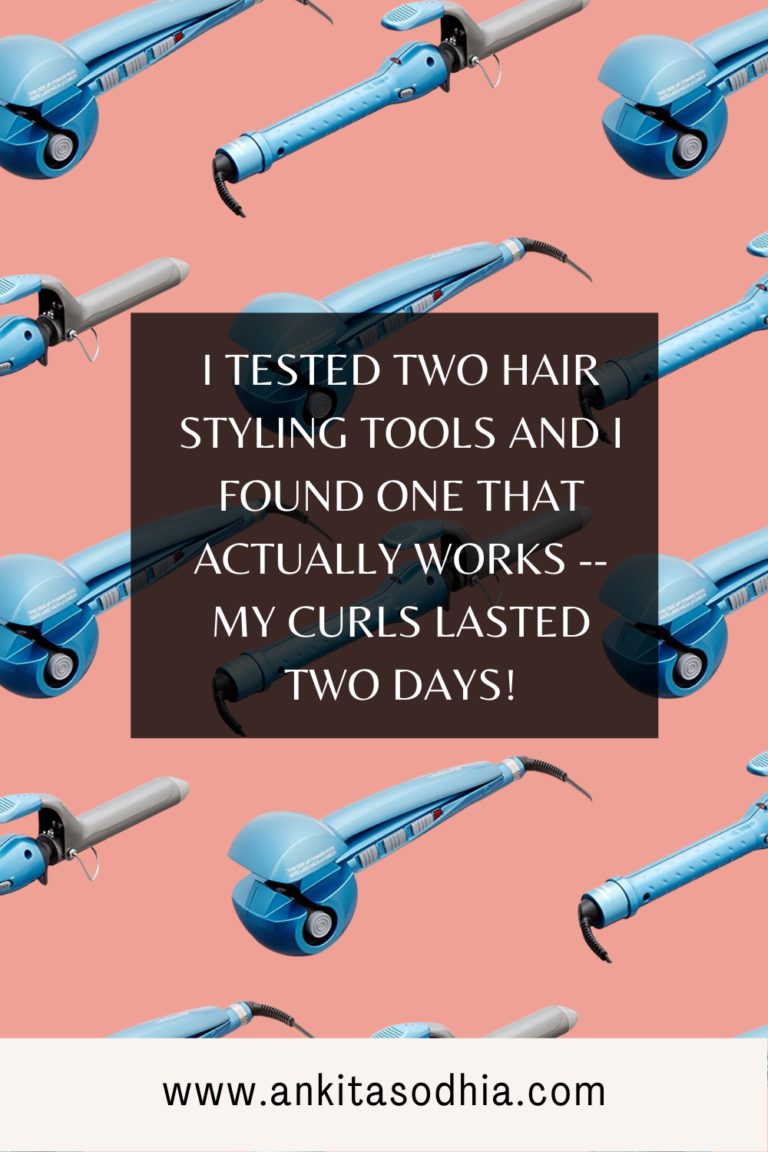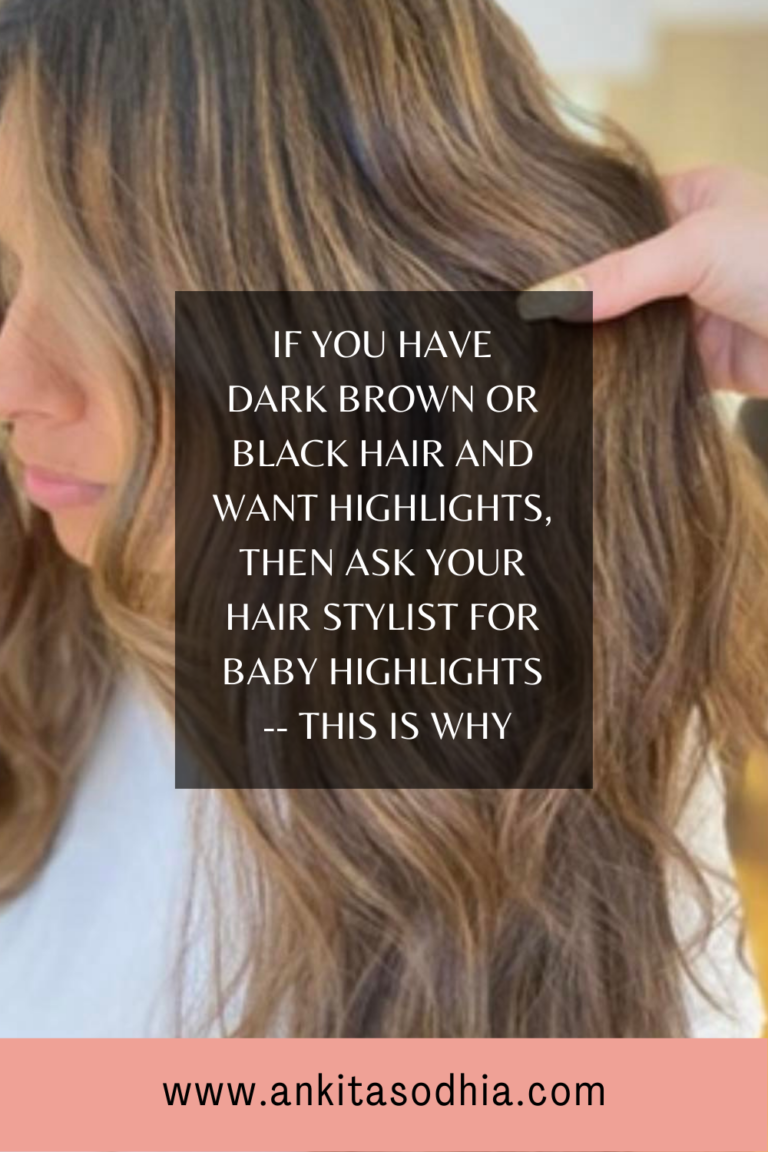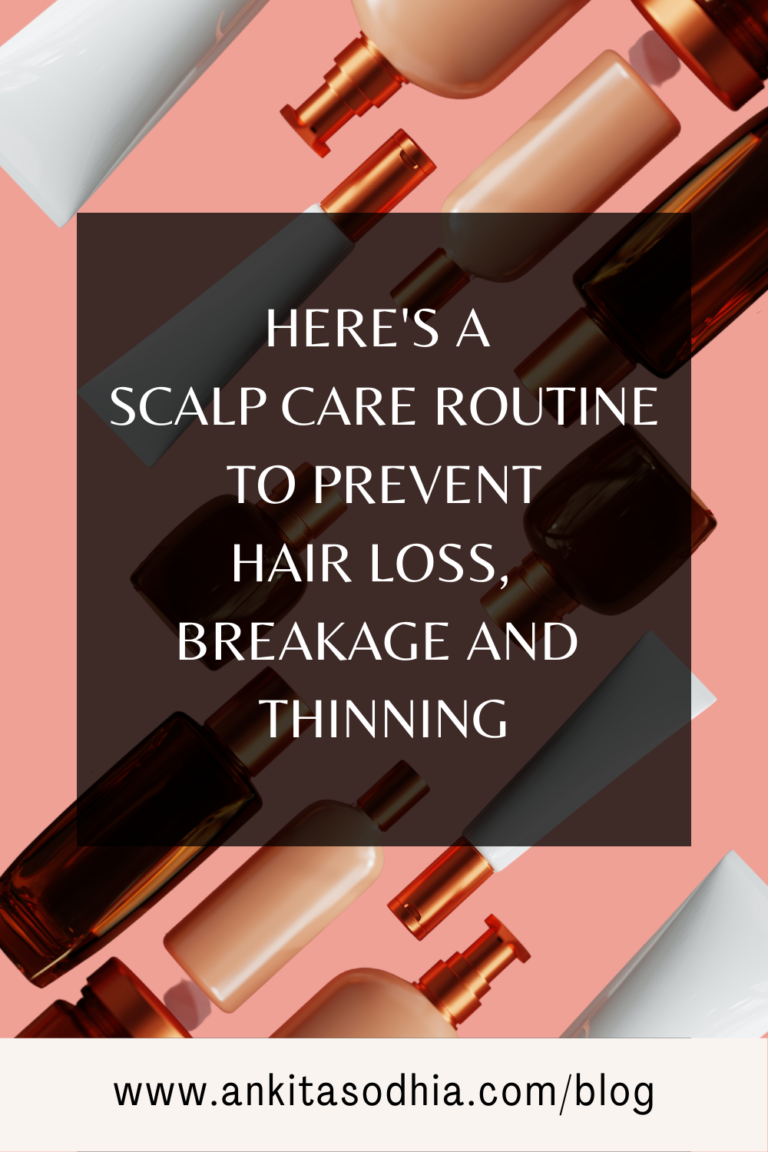Fine Hair: Here’s A Full Hair Care Routine With Products
If you have fine hair and struggle to get shiny, bouncy, and healthy hair, then you’re at the right place. Here’s the hair care routine that transformed my hair health. This is not a sponsored post FYI. I purchased all the products on my own and these are my honest thoughts and opinions after thoroughly testing each product.
PS: Even if you don’t have fine hair, I hope you take away some new tips and learning from this post.
Table of Contents
How do you define fine hair?
Take a strand of hair and compare it to a piece of thread. If the hair is thinner than the thread, then it is considered ‘fine hair’. If it is thicker than the thread, then it is considered ‘thick hair’. If it’s similar in thickness to the thread, then it is considered ‘normal hair’.
Before and after results
I’m just going to show you the results first, so you know I’m serious 😀
Here’s a before and after of my hair. The after photo was taken after more than a year of following the routine below. The main thing I notice in the ‘before photo’ (taken in July 2022) is that my ends look very thin and stringy while in the ‘after photos’ (taken in May 2024) my hair looks fuller and bouncier from the roots to the ends.
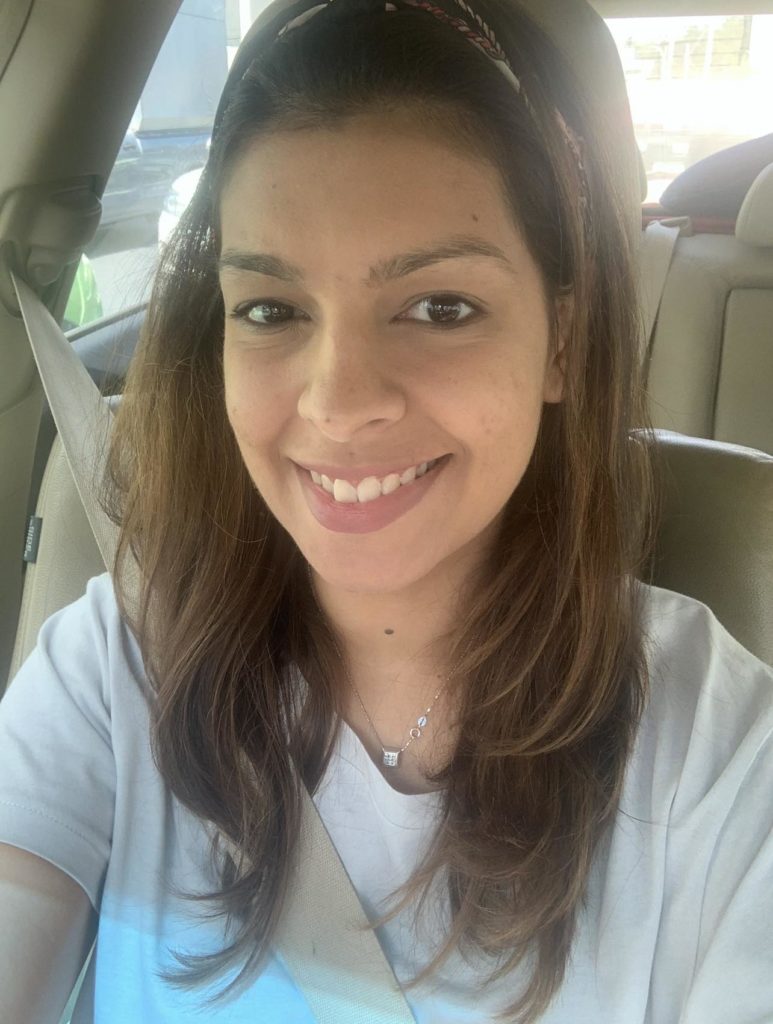
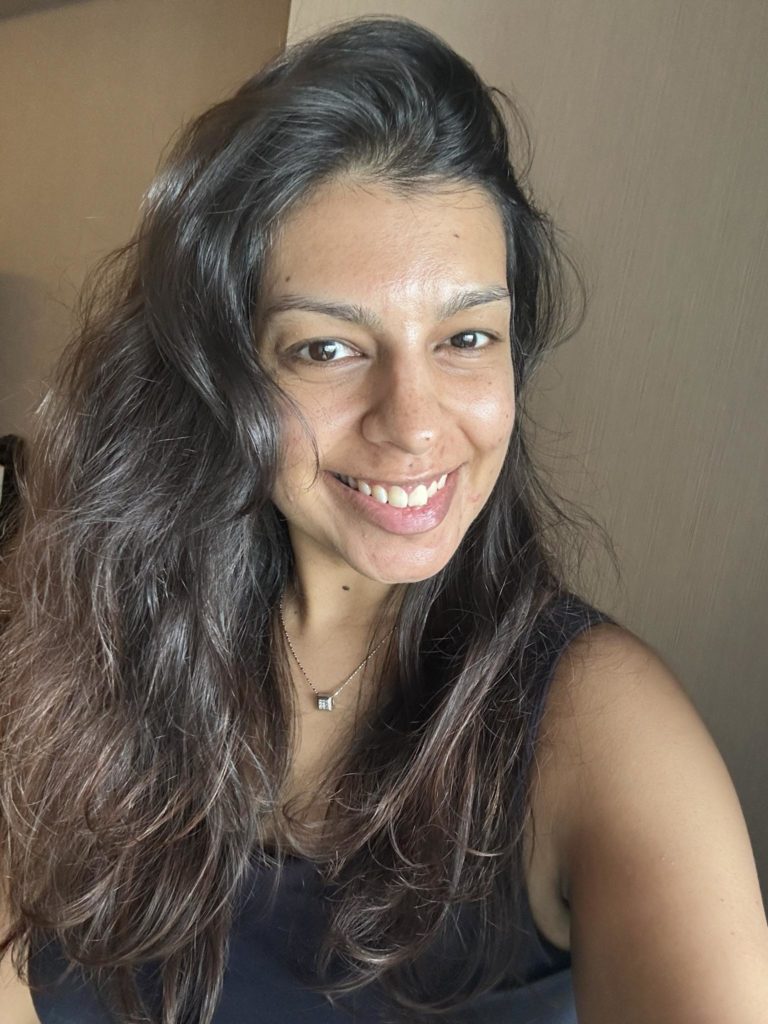
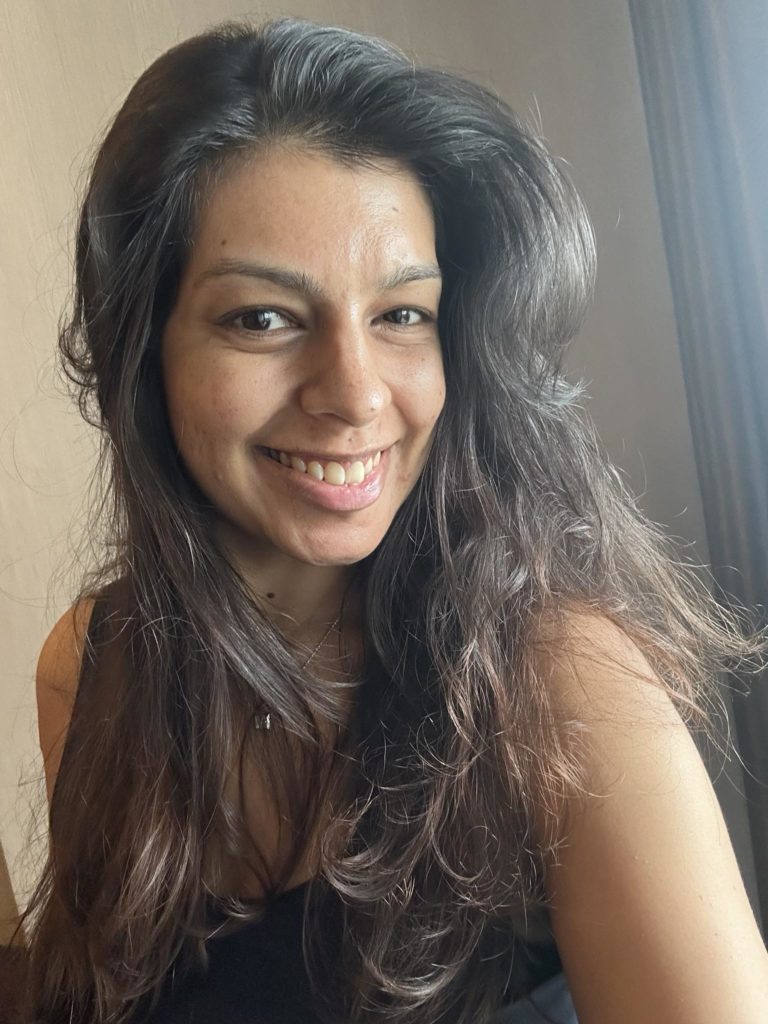
Hair health begins with the scalp
Before jumping into the routine below — just remember your hair health starts from the scalp.
Fine hair is smoother and has low porosity (i.e. oils and other products tend sit on top of the and do not absorb easily), so it tends to get oily aka “greasy” much quicker than normal to thick hair.
This also means that the excess buildup on the scalp can cause clogged hair follicles, which can prevent the hair from receiving the nutrients and moisture it needs. The lack of moisture can lead to dry and brittle hair that is also prone to breakage.
Now that you know fine hair tends to hold on to oils and products, it should follow that you will need to shampoo it i.e. cleanse it more often than people with normal to thick hair types.
I wash my hair every alternate day. It’s a bit frustrating, but I’ve seen the benefits of it: my hair is bouncy, shiny, and not flat. Trust me on this. I used to be addicted to dry shampoo and for years used it to extend the days between hair washes. Dry shampoo has great instant benefits, but in the long run, it just contributes to excess product buildup on the scalp and other issues. So, I use it sparingly.
Here’s my favorite combo for fine hair: the MOROCCANOIL Moisture Repair Shampoo & Conditioner. Keep in mind that there are different types of shampoos and conditioners available from MOROCCANOIL, but this one is what works best for fine hair IMHO. The products are infused with argan oil, which is suitable for fine hair, and they leave the hair feeling so soft and nourished. The scent is amazing, too.
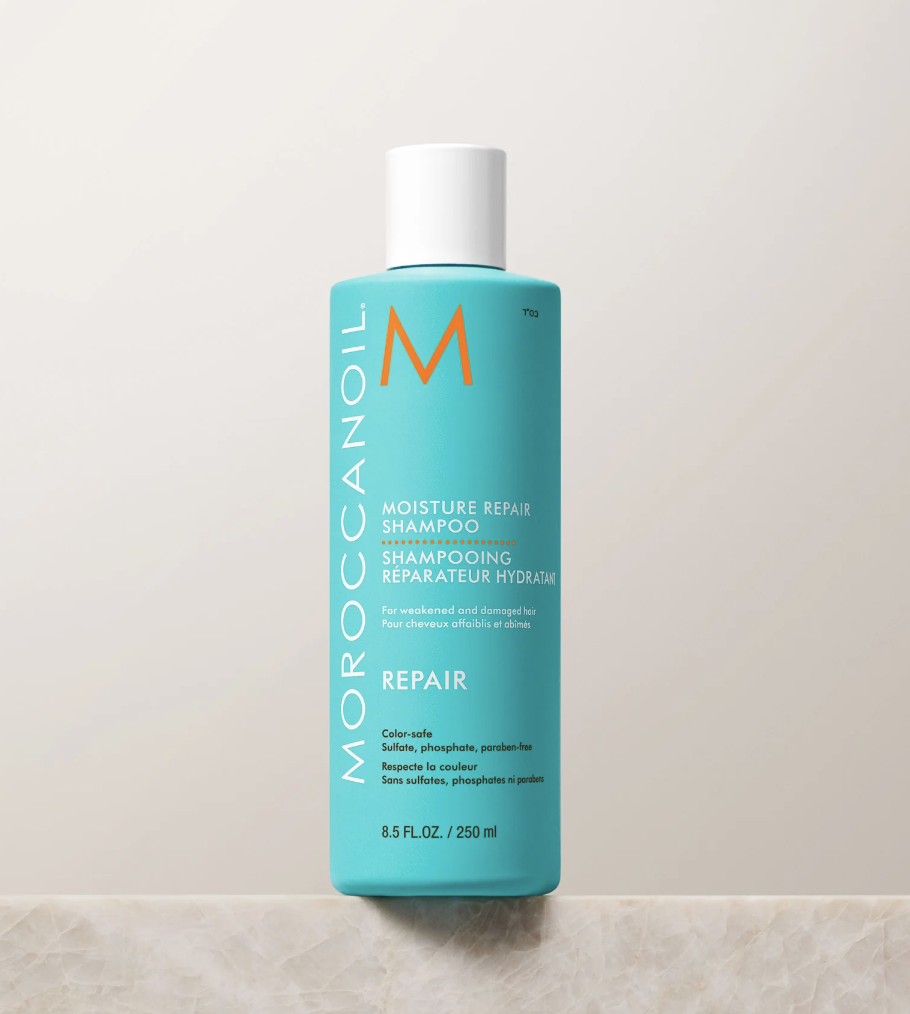
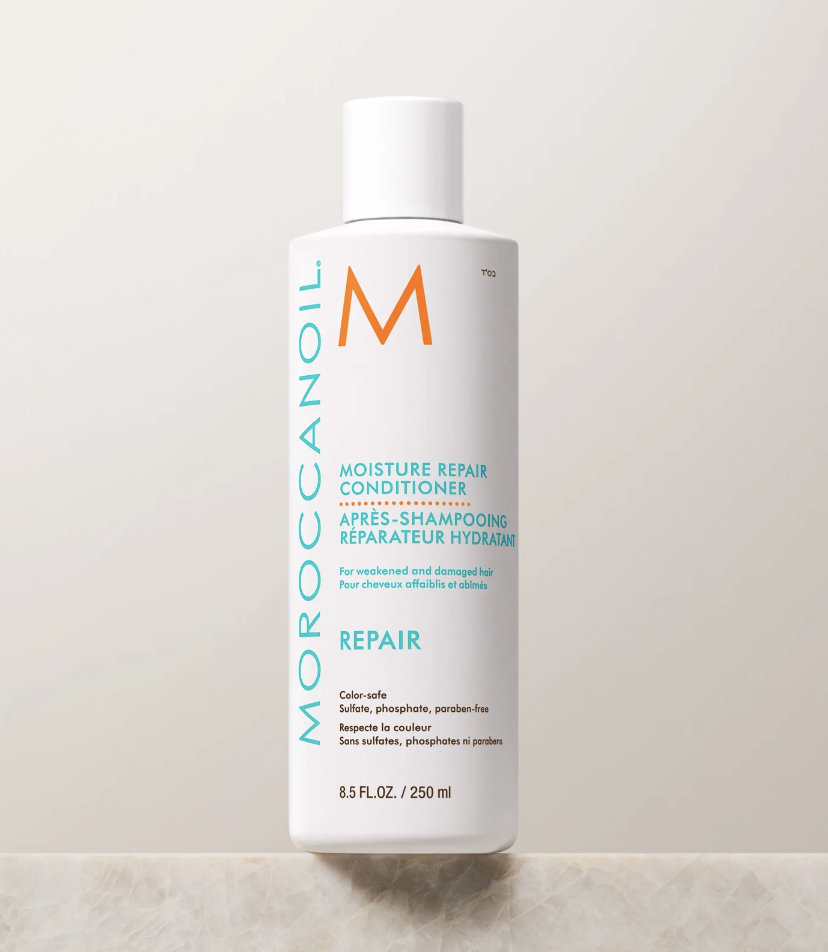
Exfoliating hair a few times a month is important
Exfoliating the scalp with a hair scrub for a deep cleanse. Doing this also helps to reduce the oiliness in hair. You can do this once a week or every two weeks. Since it’s a product I use three to four times a month, I’m okay with most hair scrubs.
Hair care routine for fine hair
- Apply a scalp oil once a week as a pre-wash treatment once a week. Massage the scalp (I use a scalp massager for a few minutes and it feels amazing!) and leave the oil in for about 30 minutes to an hour. This is good for hydrating the scalp and nourishing the roots. For fine hair avoid heavy oils like coconut or olive oil and use lightweight oils like argan, almond, or jojoba oil. The key is to focus on the scalp and not stress too much about spreading it all over the hair, especially the ends. Conditioner/hair masks can take care of that.
- After shampooing, always apply a pea-sized amount of conditioner or hair mask (I like the OUAI Treatment Mask for Fine and Medium Hair) on the mid-end length of hair and let it sit for at least 5 minutes before rinsing out.
- After shampoo and conditioner/hair mask, towel dry the hair and then gently comb hair with a wide tooth comb. Apply a pea-sized amount of leave-in hair serum/conditioner like the OLAPLEX Nº.6 BOND SMOOTHER® in the mid-end lengths of hair. Avoid the roots to prevent hair from feeling weighed down or looking greasy.
- On the days that I don’t use a scalp oil, I apply two splashes of an oil serum like the OLAPLEX Nº.7 BONDING OIL™ just towards the end of my towel dried hair as the final step and scrunch to style (more on that below).
The most important thing to keep in mind is not to apply too many products or a large amount to fine hair because it will look and feel greasy. Use small amounts and be smart about what product to use and when in your hair care routine.
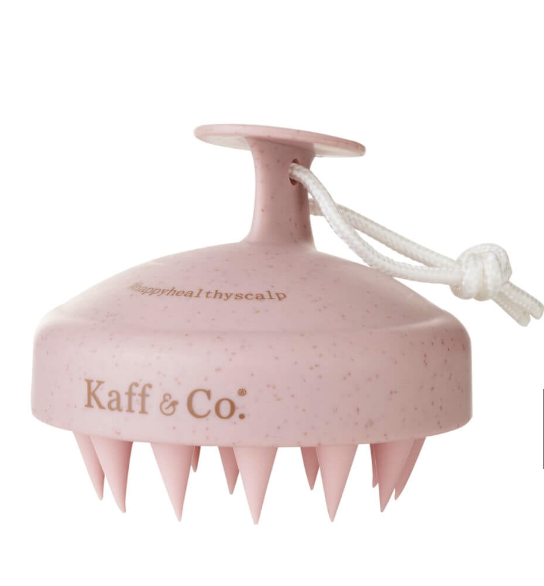
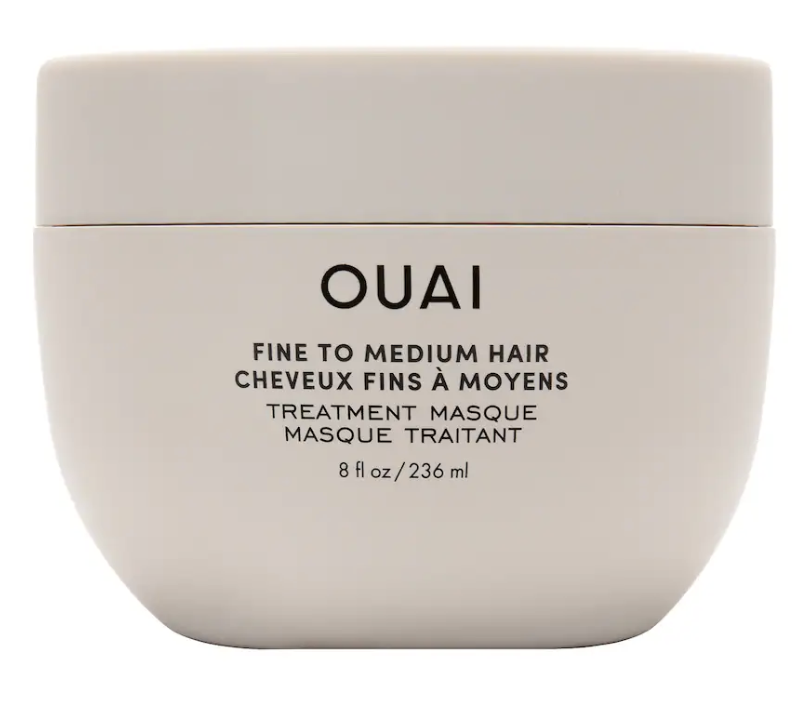
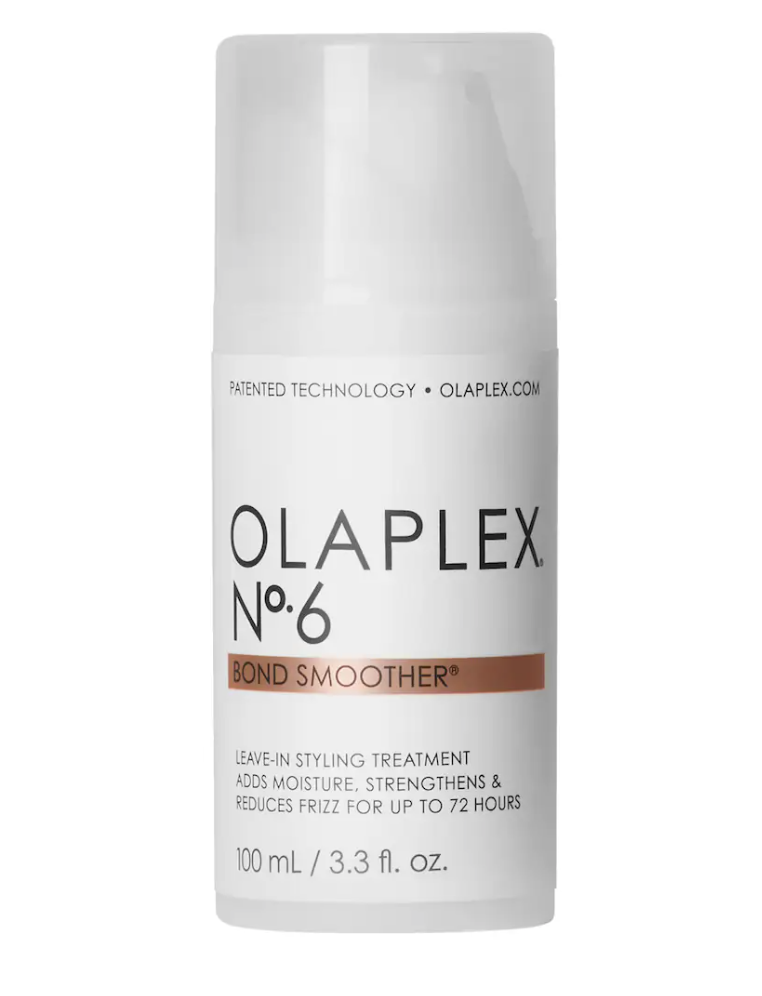
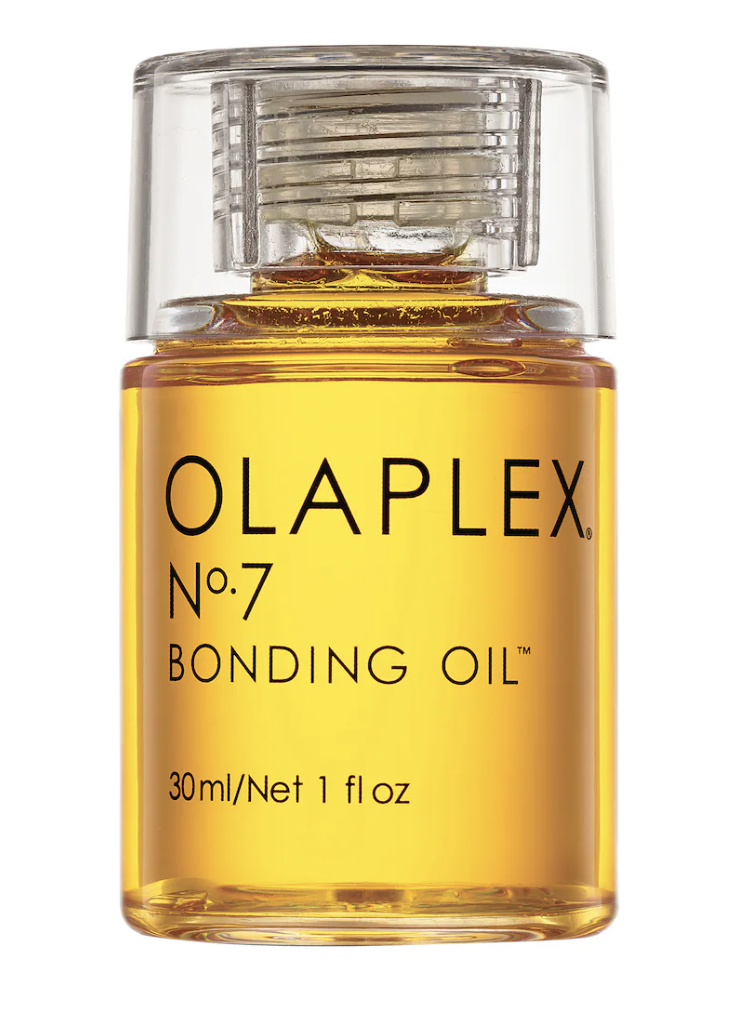
Heat-free (or mostly heat-free) styling on fine hair is a game-changer
Once I stopped using hot hair tools, my hair’s texture changed quite dramatically — it is much more shiny and voluminous.
This is my go-to heat-free styling routine. And if I really need to style it with heat, then just straighten the front section where I have some layers and leave the rest of the hair to dry naturally (it no longer gets super frizzy when I do this and settles into its natural waves and curls aka well-behaved hair!)
Related:
Why Is Your Hair Falling Out? I Bet You Never Thought This Might Be The Reason
Vegetarian Foods And Snacks To Boost Scalp Health And Prevent Hair Fall
Here’s A Scalp Care Routine To Prevent Hair Loss, Breakage And Thinning

